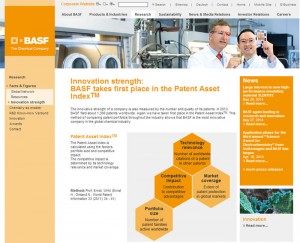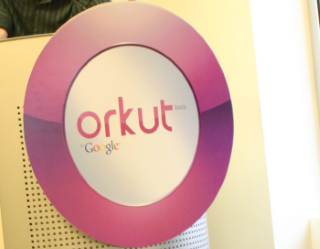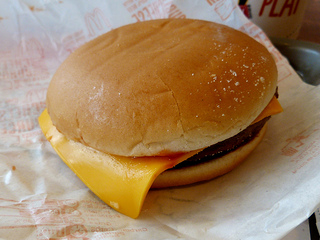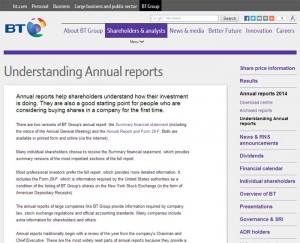This website uses cookies to improve your experience while you navigate through the website. Out of these, the cookies that are categorized as necessary are stored on your browser as they are essential for the working of basic functionalities of the website. We also use third-party cookies that help us analyze and understand how you use this website. These cookies will be stored in your browser only with your consent. You also have the option to opt-out of these cookies. But opting out of some of these cookies may affect your browsing experience.
 BASF uses the fact that it took first place in the Patent Asset Index™ to demonstrate the innovative strength of the company, and dedicates a page to Innovation strength.
BASF uses the fact that it took first place in the Patent Asset Index™ to demonstrate the innovative strength of the company, and dedicates a page to Innovation strength. Just two weeks ago, I wrote an article for Corporate Eye about
Just two weeks ago, I wrote an article for Corporate Eye about  A survey of over 32,000 Consumer Reports magazine subscribers in the United States ranked
A survey of over 32,000 Consumer Reports magazine subscribers in the United States ranked  Interbrand has released its ranking of the
Interbrand has released its ranking of the 